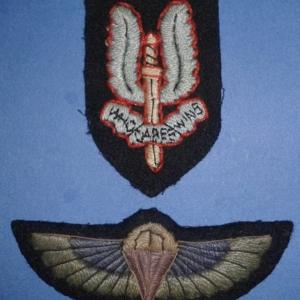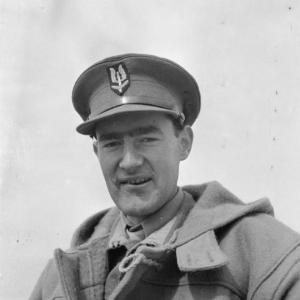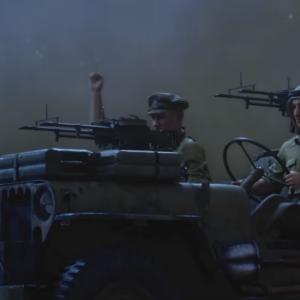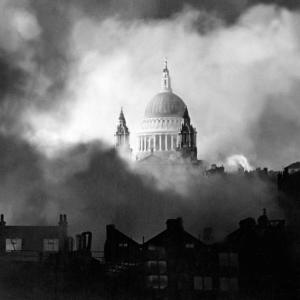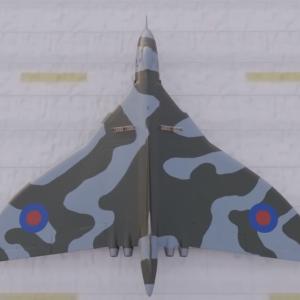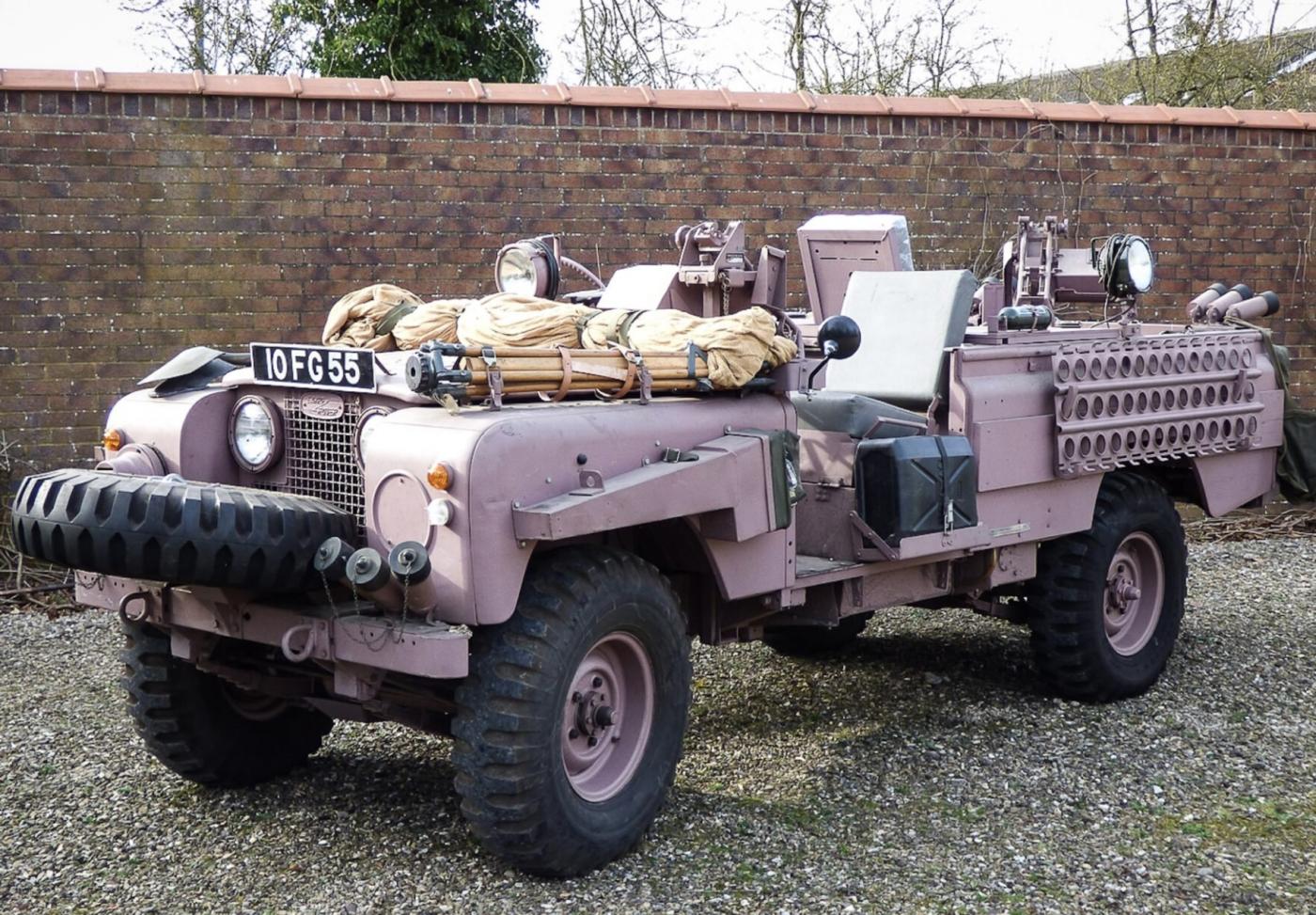
Pink Panther Jeeps
The "Pink Panther" Land Rover is one of the most iconic vehicles associated with the Special Air Service (SAS), the United Kingdom’s elite special forces unit. These highly customised Series IIA 109-inch wheelbase Land Rovers were used primarily in the 1960s and 70s. Known for their distinct pink color, these jeeps were modified extensively for long-range desert reconnaissance and combat operations. The color, though seemingly unusual, was chosen for its effective camouflage in desert environments, particularly during dawn and dusk when the pink hue blends with the sand and sky.
The SAS had a long tradition of modifying vehicles to suit their operational needs, dating back to World War II with the original use of Willys Jeeps in North Africa. The Pink Panther was a continuation of this tradition, tailored specifically for the arid and vast desert regions of the Middle East and North Africa during the Cold War. Designed for mobility, endurance, and firepower, these vehicles were stripped of unnecessary components and outfitted with gear that enabled them to operate independently for extended periods.
To convert a standard Land Rover Series IIA into a Pink Panther, extensive mechanical and structural modifications were carried out. The process began by removing non-essential components such as doors, windscreens, and roofs to reduce weight and increase situational awareness for the crew. The chassis and suspension were reinforced to handle the extra weight of supplies and weaponry, as well as the harsh terrain of desert environments.
The engine remained largely standard, usually a 2.25-liter petrol engine, although some variants were equipped with diesel engines. However, modifications were made to the cooling system, including an oversised radiator and auxiliary cooling fans, to prevent overheating in extreme temperatures. The air intake system was elevated and fitted with snorkels to cope with sand and dust, crucial for desert navigation.
Fuel capacity was significantly increased. Extra fuel tanks were mounted on the sides and rear of the vehicle, allowing for extended operational range without the need for resupply. The tires were often fitted with run-flat inserts or reinforced to reduce the risk of immobilisation due to punctures. Suspension was adjusted to handle rough terrain and increased payloads, with some jeeps using upgraded shock absorbers and springs.
One of the defining features of the Pink Panther was its suite of communication and navigation equipment. Long-range radios, such as the Larkspur C42 and B47, were installed to maintain contact over vast distances. Antennas were mounted on extended masts or side rails, and some vehicles had provisions for encrypted communication systems. The navigation setup included military compasses, sand-maps, and sometimes primitive GPS units or inertial navigation systems in later years.
The Pink Panthers were heavily armed for self-defense and offensive operations. A typical vehicle could be outfitted with multiple machine guns, including twin-mounted .303 Vickers K guns, Browning M2 .50 caliber machine guns, or even 7.62 mm GPMGs (General Purpose Machine Guns). The positioning of the weapons allowed for a 360-degree field of fire. Ammunition boxes were stored throughout the vehicle for easy access, and mounting brackets were reinforced to handle recoil.
In addition to firearms, many jeeps carried smoke grenade launchers, mortars, and demolition equipment for sabotage missions. Some vehicles were equipped with night vision scopes or infrared lights, enhancing their ability to operate during nighttime reconnaissance missions.
The Pink Panther Jeeps were primarily used for deep-penetration reconnaissance, surveillance, and sabotage missions in remote and hostile territories. Operating often hundreds of miles from base support, these jeeps enabled SAS patrols to remain hidden and self-sufficient for up to two weeks. Crews typically consisted of three or four personnel: a driver, a commander, and one or two gunners or radio operators.
One of the primary advantages of the Pink Panther was its ability to blend into the desert environment. The matte pink paint, combined with netting and sand-colored accessories, made it hard to detect from a distance or from the air. Crews practiced strict discipline in movement and noise reduction to avoid detection.
The vehicles saw use in various theaters, including the Arabian Peninsula, Oman during the Dhofar Rebellion, and parts of Africa and the Middle East during Cold War operations. The tactics developed during these missions emphasised speed, surprise, and mobility—hallmarks of SAS doctrine. The jeeps often operated in coordination with helicopter units or fixed-wing aircraft, providing intelligence and guiding airstrikes.
Although eventually phased out in favor of more modern 4x4s and later armored vehicles, the Pink Panther remains a symbol of the SAS's ingenuity and adaptability. A number of them are preserved in military museums and collections, admired for their historical significance.

